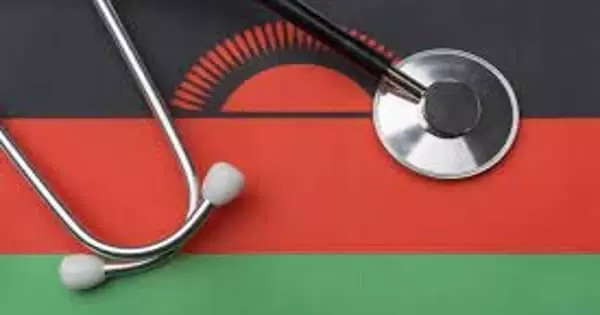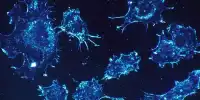The most common pharmaceuticals on the market are created by connecting rings of molecules to create drugs that treat conditions such as pain, depression, and leukemia. However, in medicinal chemistry, creating those rings and forming them in a way that is tailored to each individual disease has always been a time-consuming and expensive process. A new study suggests a way to simplify that transformation. According to the researchers, the discovery will likely make it easier to develop new drug candidates.
A new study published in the journal Chem suggests a method to simplify that transformation. According to the researchers, the discovery will likely make it easier to develop new drug candidates. The chain of molecules, according to David Nagib, senior author of the study and associate professor of chemistry at The Ohio State University, is analogous to a belt with no holes: The belt cannot be assembled in a way that keeps it closed because there is no way to fasten the circle and no measurements for where holes might go.
The discovery will likely make it easier to develop new drug candidates. The chain of molecules is analogous to a belt with no holes: The belt cannot be assembled in a way that keeps it closed because there is no way to fasten the circle and no measurements for where holes might go.
David Nagib
“The problem we were trying to solve was how to punch the hole so that it fits you perfectly on the first try without measuring,” Nagib explained. “The trick here was that we had to put the holes in exactly the right place, but we had to figure out exactly where the holes should go without any markings to tell us.”
The “belt” in this case is a string of carbon-hydrogen bonds, which are the most common bonds in nature and medicine. Most drugs contain rings of carbon-hydrogen bonds linked together by a “bridging” nitrogen atom within complex structures that interact precisely with cellular components in the body – similar to how a key fits into a lock. Six-sided rings, known as piperidines, are the most common ring found in all medications.
But piperidines have long been difficult and expensive to produce, primarily because chemists could not quickly or cheaply replace a carbon-hydrogen bond with other chemical bonds.

By oxidizing two carbon-hydrogen bonds, researchers in Nagib’s lab at Ohio State discovered a way to replace that bond, thereby creating the “hole” that allowed them to close the belt. As a result, they were able to select hydrogen molecules and remove them from the molecule chain. Then, using light and a copper catalyst, they converted one of those bonds into the required nitrogen ring. The light worked to excite catalysts in a chain reaction similar to photosynthesis, the process by which plants create food for themselves.
The process solves a problem for developing early-stage drug candidates, but it is still too expensive to mass-produce medication. Nagib stated that future research will focus on using a less expensive starting material to scale up production.
“This discovery can make it possible to create a library of drug candidates for testing more quickly, so you can identify the right, most potent, most effective one more quickly,” Nagib said.
Leah M. Stateman, now at Merck and Co., Ross M. Dare, and Alyson N. Paneque, all from Ohio State, contributed to this work. The National Institutes of Health funded the study.
















